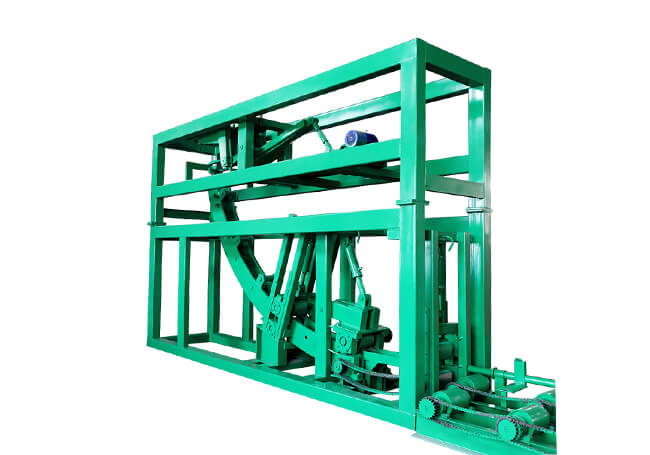In the continuous casting and rolling process, the quality of the continuous casting slab surface is very important.
The surface quality of the continuous casting billet affects the metal yield. The quality of the continuous casting billet determines whether the billet needs finishing before hot working.
Today, the editor of Judian will discuss with you the reasons for the formation of surface defects of continuous casting billets.
When cracks appear on the surface of the continuous casting slab, they can be divided into longitudinal cracks on the face, transverse cracks, longitudinal cracks at the corners, transverse cracks, and star cracks. This is analyzed by the direction and location of cracks.
The most common of these are longitudinal cracks. Longitudinal cracks often appear in the central part of the broad face of the slab. Surface longitudinal cracks directly affect the quality of steel.
For example, if there is a crack with a depth of 2.5mm and a length of 300mm on the surface of the slab, a 1125mm delamination defect will be formed after rolling into a sheet. Severe cracks with a depth of more than 10mm will cause a steel breakout accident or waste.
In fact, there are small cracks on the surface of the billet shell in the mold. After the billet enters the cold zone, the tiny cracks continue to expand to form obvious cracks. If the thickness of the billet shell is not uniform, the square billet will undergo diamond deformation, and the surface of the round billet will be depressed.
Due to the uneven thickness of the primary shell in the meniscus area of the mold, the stress it bears exceeds the high temperature strength of the shell, and stress concentration occurs at the weak point, resulting in longitudinal cracks.
There are many reasons for the uneven growth of the shell, but the most important reason is the uniformity of the growth of the primary shell of the meniscus.
We can take the following measures to deal with this situation:
a. The crystallizer adopts a reasonable reverse taper. The surface of the shell is in good contact with the wall, and the cooling is uniform, which can avoid cracks and leakage.
b. Choose mold powder with good performance. Among the characteristics of mold flux, the viscosity has the greatest influence on the surface cracks of the slab, and the high viscosity mold flux increases the longitudinal cracks.
c. The outlet inclination and insertion depth of the submerged nozzle should be appropriate, and the installation should be centered to reduce the scouring of the casting billet shell by the injection flow, make it grow evenly, and prevent the generation of longitudinal cracks.
d. Determine the reasonable pouring temperature and drawing speed according to the type of steel to be poured. The chemical composition of cast steel should be controlled within an appropriate range.
This is our analysis of billet cracks today, I hope it can be helpful to you.
Welcome to Luoyang Judian, let us provide you with more services.

Please send us your request and we reply to you with in 24 hours.
Submit Request